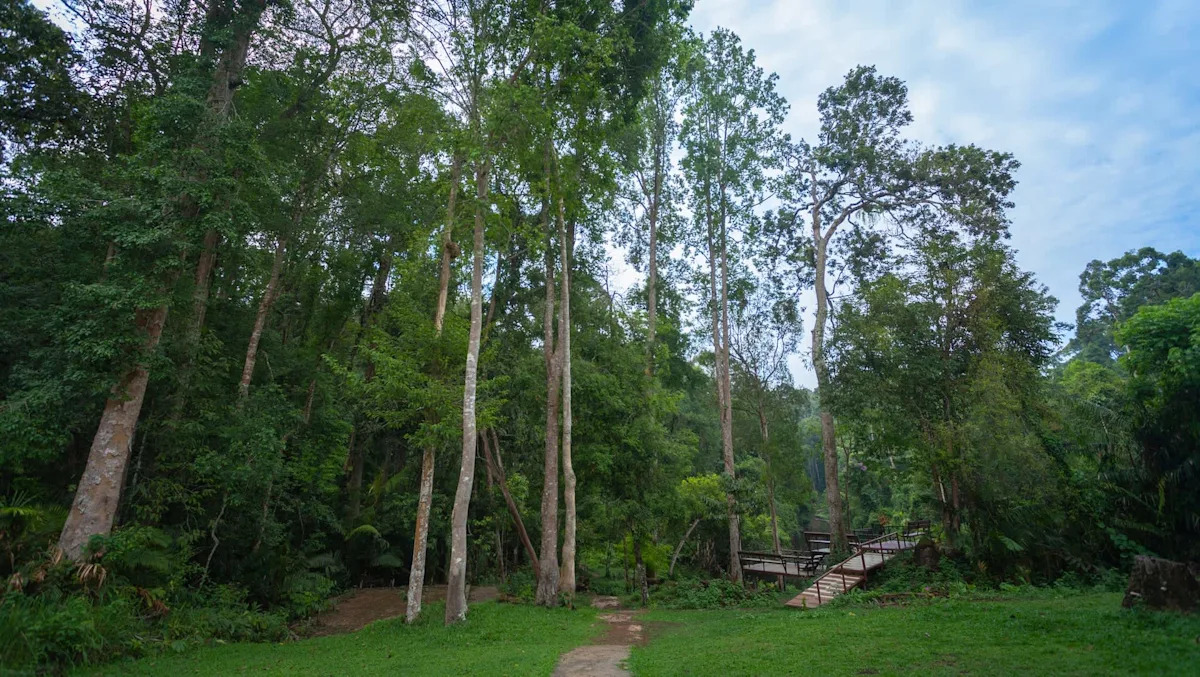Wildlife officials in Thailand recently captured a rare and heartening sight: a female gaur calmly leading three calves down a forest path. The moment, caught on a trail camera in the Huai Kha Khaeng Wildlife Sanctuary, has conservationists celebrating the success of decades-long efforts to protect endangered species in the region.
The footage, shared by Thailand’s Department of National Parks, Wildlife and Plant Conservation via Good News Network, shows that conservation is working. Not only are gaur reproducing, but the forest is providing enough food and space for young animals to thrive — a crucial sign of a healthy ecosystem.
Once widespread across South and Southeast Asia, gaur populations have declined sharply because of hunting and habitat loss. Today, most countries in the region only have small, fragmented populations of the world’s largest wild bovine. Thailand’s success is remarkable given its limited land compared to India, where gaur remain more abundant. But Huai Kha Khaeng — a UNESCO World Heritage site spanning 1.4 million acres — has become a critical refuge, also home to elephants, tigers, and countless other species.
Trail cameras have become powerful tools in this conservation story.
They allow researchers to track population health without disrupting the animals, providing vital evidence that restoration efforts are paying off. These cameras have also played a role in other inspiring discoveries, such as the rediscovery of the tiny mouse deer in Vietnam after being thought lost to science for decades.
The benefits of these conservation wins ripple outward. Healthy animal populations support resilient ecosystems, which in turn protect clean water supplies, stabilize soil, and even help safeguard local food resources. By ensuring wildlife can thrive, humans benefit too — from stronger communities to more stable environments.
Similar to how protecting pollinators bolsters our food systems or restoring oyster reefs helps filter ocean water, the survival of species like the gaur contributes to the building of a cleaner, safer, and more sustainable future for all.
Join our free newsletter for good news and useful tips, and don’t miss this cool list of easy ways to help yourself while helping the planet.

